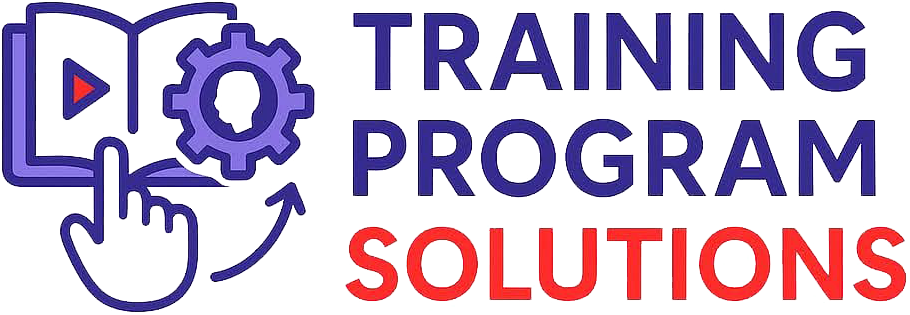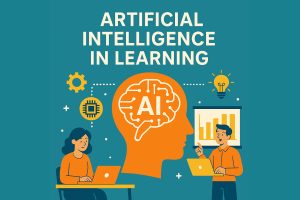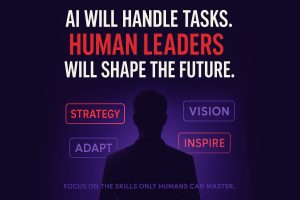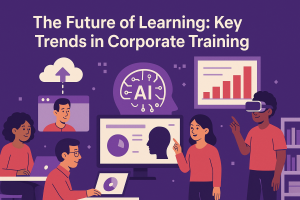The world of corporate training is evolving at an unprecedented pace. As technology continues to advance and businesses strive to remain competitive, the demand for innovative learning and development (L&D) solutions has skyrocketed. In 2025, organizations are embracing new methods, tools, and strategies to provide more effective, engaging, and scalable training programs. This blog explores the key trends shaping the future of corporate training and what companies can do to stay ahead of the curve.
1. AI-Powered Learning and Personalized Training
Artificial Intelligence (AI) is transforming corporate training by offering personalized learning experiences. Traditionally, training programs followed a one-size-fits-all approach. However, AI allows for adaptive learning paths tailored to individual employee needs, preferences, and learning styles. AI-powered platforms analyze learner data to provide real-time feedback, recommend content, and track progress, ensuring that employees receive the most relevant and effective training at their own pace.
In addition, AI tools like chatbots and virtual assistants can provide on-demand support, helping employees quickly access information or answers to questions without interrupting their workflow.
2. Upskilling and Reskilling: Preparing for the Future of Work
As automation and artificial intelligence redefine industries, upskilling and reskilling are no longer optional—they are essential. Employees need to acquire new skills to adapt to shifting job roles and technologies. Forward-thinking organizations are investing in continuous learning programs to help their workforce stay relevant and competitive.
Corporate training programs are focusing more on soft skills, leadership development, and specialized technical skills like data analysis, cybersecurity, and coding. Reskilling initiatives are empowering employees to transition to new roles within the company, creating a more agile and adaptable workforce.
3. Immersive Learning with Virtual and Augmented Reality
Virtual Reality (VR) and Augmented Reality (AR) are changing the way employees learn by offering immersive, hands-on training experiences. These technologies allow learners to practice skills in realistic, controlled environments without the risk of real-world consequences.
For example, in industries like healthcare and manufacturing, VR and AR provide safe spaces to simulate surgeries, complex machinery operations, and hazardous work scenarios. This immersive approach increases engagement, improves knowledge retention, and builds confidence in employees before they perform tasks in real-world settings.
4. Microlearning for Faster, More Effective Training
In today’s fast-paced work environment, employees often struggle to find time for long training sessions. Enter microlearning—short, focused training modules that deliver information in bite-sized, easily digestible pieces. Microlearning is designed to meet the demands of modern learners who want quick, on-the-go access to training content.
By breaking down complex topics into smaller, more manageable chunks, microlearning allows employees to learn at their own pace and apply new skills immediately. Whether through mobile-friendly apps, video snippets, or interactive quizzes, microlearning ensures that knowledge is retained and readily accessible when needed most.
5. The Rise of Data-Driven Learning
Data analytics has become a cornerstone of modern corporate training. Organizations are using data to track employee progress, measure the effectiveness of training programs, and identify skills gaps. With the help of learning management systems (LMS), companies can monitor employee engagement, course completion rates, and performance metrics to make informed decisions about their training strategies.
Furthermore, data-driven insights allow businesses to fine-tune their L&D initiatives, ensuring that training aligns with overall business goals and employee needs. The ability to demonstrate the return on investment (ROI) of training programs through data analytics also makes it easier for L&D professionals to secure buy-in from leadership.
6. Social and Collaborative Learning
Traditional corporate training often relied on structured, instructor-led sessions. However, today’s learners thrive in collaborative, social environments. Social learning, through platforms like forums, discussion boards, and team-based projects, enables employees to learn from one another, share experiences, and solve problems together.
Peer learning and mentoring programs are becoming more popular, as employees benefit from knowledge-sharing opportunities within their teams. By fostering a culture of continuous learning and collaboration, companies can unlock the full potential of their workforce and drive innovation.
7. Blended Learning for Flexibility
Blended learning combines the best of traditional classroom training with the convenience of online learning. This hybrid approach offers flexibility for employees who need to balance their work responsibilities with training. Blended learning enables employees to complete coursework on their own time, while also participating in live sessions, group discussions, and hands-on activities for a well-rounded learning experience.
Blended learning is particularly effective for large organizations with global teams, as it accommodates different time zones and learning preferences. Whether in-person, online, or a mix of both, this approach ensures that learning is accessible to all employees, regardless of their location.
8. Learning Experience Platforms (LXP)
Learning Experience Platforms (LXPs) are evolving as an alternative to traditional LMS systems. LXPs are user-centered platforms designed to deliver personalized and engaging learning experiences. These platforms leverage AI and social learning features to curate content that aligns with an individual’s role, career goals, and learning preferences.
Unlike traditional LMS platforms, which are often seen as administrative tools, LXPs focus on the learner’s journey. They prioritize content discovery, user-generated content, and peer interaction, making learning more engaging and relevant. LXPs also integrate with other tools like knowledge management systems, enabling seamless access to resources across various platforms.
Conclusion
As technology continues to advance and the workforce becomes more diverse, corporate training must evolve to meet the changing needs of both employees and employers. By embracing trends like AI-powered learning, upskilling and reskilling, immersive technologies, and microlearning, organizations can create more effective and scalable training programs that drive business success and employee growth.
The future of learning is dynamic, personalized, and immersive. By staying ahead of these trends, companies can foster a culture of continuous learning, enabling their teams to thrive in an ever-changing business landscape.






